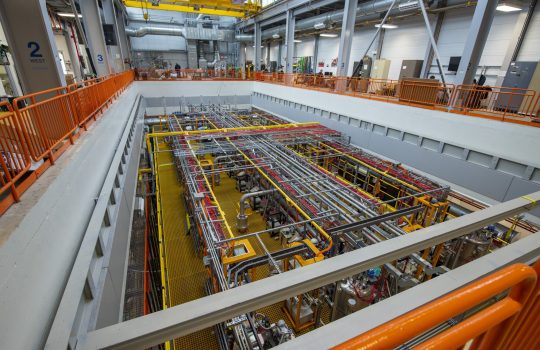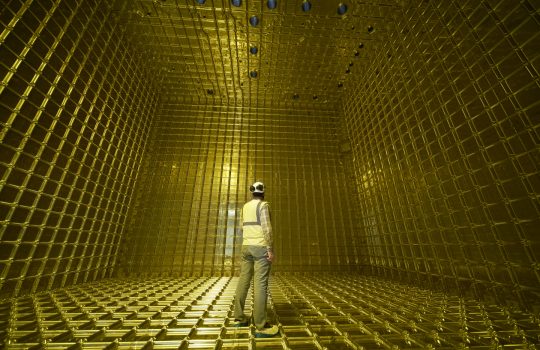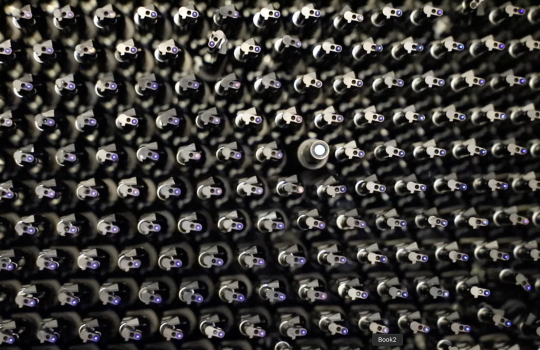A Univeristy of Chicago astronomer’s decades-long quest to map millions of stars
From the University of Chicago, May 21, 2021: Long-time University of Chicago professor of astronomy and astrophysics, Richard Kron created the Sloan Digital Sky Survey which set the stage for the Dark Energy Survey. Although he is retiring this year after 40 years of mapping the universe, he plans on staying on as director of the Dark Energy Survey.



